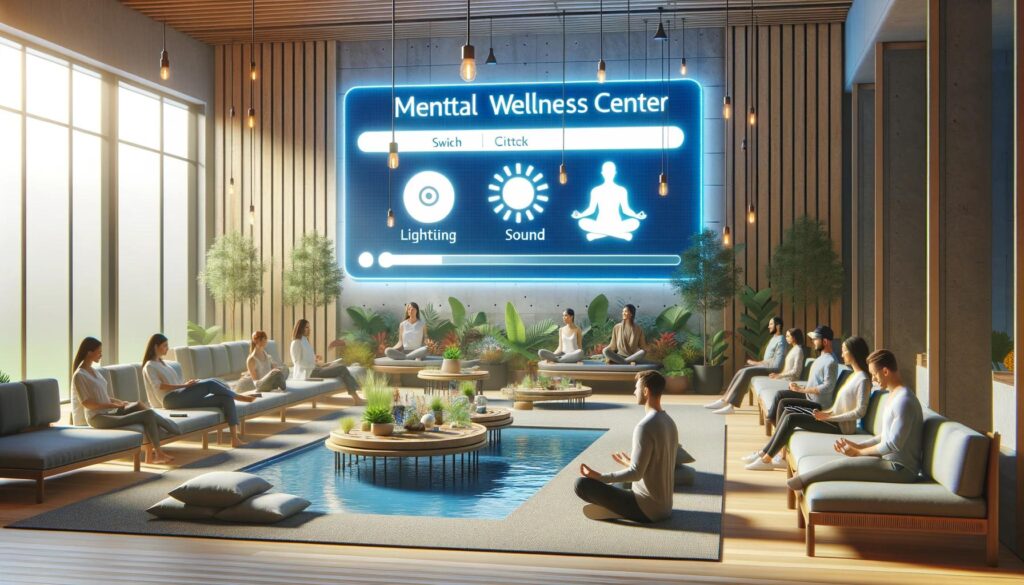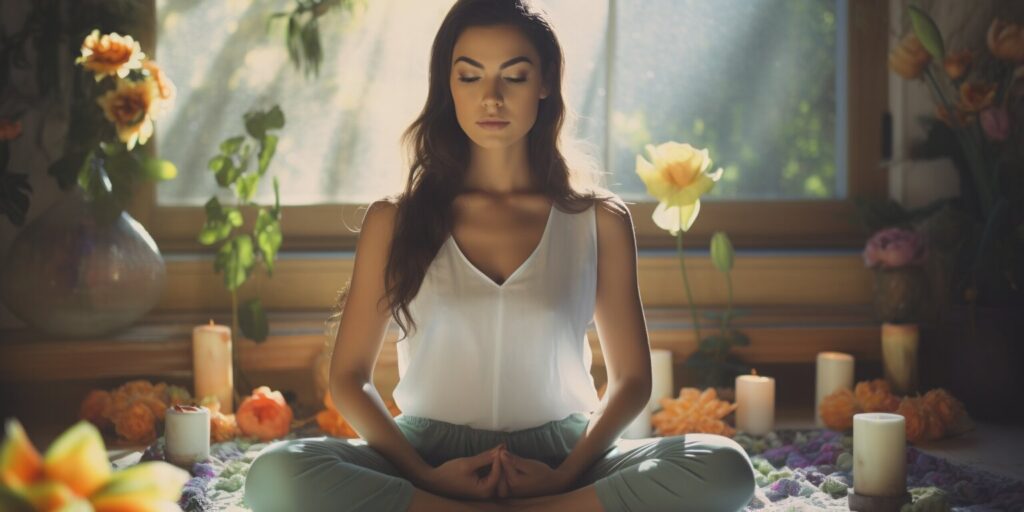In the hustle and bustle of modern life, where every moment is scheduled and every second counts, the importance of having a personal sanctuary is often overlooked. However, as the pace of the world increases, so does the need for a space where one can retreat, reflect, and recharge. A personal sanctuary is not a luxury but a necessity for maintaining mental health and overall well-being. This article explores the significance of creating such a space and offers insights into how it can be achieved.
Understanding the Need for Personal Space
Personal space, often referred to as a “sanctuary,” is a physical and emotional retreat that reflects an individual’s personality, interests, and needs. It is a designated area where one can escape the demands of daily life and engage in self-care practices. The psychological benefits of having such a space are supported by numerous studies, showing that it can reduce stress, improve mood, and increase feelings of security and control.
The Impact of the Environment on Mental Health
The environment in which we live and work has a profound impact on our mental health. It’s not just about the physical space but also about the atmosphere, the colors, the light, and even the sounds around us. A cluttered, noisy, or poorly lit environment can contribute to feelings of anxiety and overwhelm, making it difficult to focus or relax. On the other hand, a space that is organized, aesthetically pleasing, and reflective of personal tastes can significantly boost our mood and mental well-being.
Natural elements, like plants or natural light, have been shown to reduce stress and increase feelings of happiness and calm. Colors also play a crucial role; soothing tones like blues and greens are known to have a calming effect, while bright colors can energize and stimulate creativity. Personal touches, such as family photos or cherished keepsakes, can also create a sense of comfort and belonging.
Creating an environment supporting mental health isn’t just about decoration; it’s about crafting a safe, welcoming, and nurturing space. This can mean different things to different people, but the goal is the same: to create a space where one can retreat from the stresses of the outside world and find peace and tranquility.
Designing Your Personal Sanctuary
Creating a personal sanctuary does not require a significant financial investment or an expansive space. Even a small corner of a room can be transformed into a peaceful retreat. The key is to design the space to cater to personal preferences and needs. Soft lighting, comfortable seating, and the inclusion of personal mementos can create a sense of comfort and peace. The addition of plants, artwork, or soothing colors can further enhance the tranquility of the space.
The Role of Boundaries in Maintaining a Sanctuary
Boundaries are the invisible lines that protect the sanctity of personal space, serving as a critical component in maintaining a sanctuary. They act as safeguards, ensuring this private area remains undisturbed, allowing for uninterrupted reflection and rejuvenation. Without clear boundaries, the very essence of a sanctuary is compromised, as the intrusion of external pressures and the blurring of lines between personal and professional life can occur.
Setting boundaries can be as simple as designating specific times when the sanctuary is off-limits to others or as complex as creating rituals that signal the beginning and end of personal time. These boundaries are not just physical but also psychological, reinforcing the need for time that is reserved for self-care and mental health. It’s about communicating to others that this space and time are crucial for well-being and respecting this space is non-negotiable.
Boundaries also mean that work-related materials, electronic devices, or any other sources of stress are kept at bay. This disciplined approach ensures that the sanctuary remains a haven for decompression, allowing the mind to rest and reset. Establishing and honoring these boundaries is an act of self-respect and self-care, reminding us that our mental health is a priority and deserves protected space and time.
Engaging in Restorative Activities
A personal sanctuary is more than just a physical space; it is also about what one does within that space. Engaging in activities that nourish the soul, such as reading, meditating, practicing yoga, or simply sitting in silence, can be incredibly restorative. These practices can help to center one’s thoughts, reduce stress, and improve overall mental health.
The Importance of Routine and Ritual
Incorporating the sanctuary into daily life through routine and ritual can amplify its benefits. Regularly spending time in this space can create a sense of stability and predictability, which is comforting in an ever-changing world. Whether starting the day with a few moments of quiet reflection or a relaxing activity, a routine can enhance the sanctuary’s positive impact on mental health.
Conclusion
To sum up, creating and maintaining a personal sanctuary is indispensable in the quest for mental well-being. It stands as a testament to the understanding that our environments shape our moods, stress levels, and capacity to face the world. The deliberate act of carving out a space that is sacred to our serenity is not just self-care but a necessary defense against the relentless pace of modern life. By setting boundaries and cultivating a space that reflects our innermost needs, we commit to a practice that nourishes our mental health.
The personal sanctuary is thus not a mere luxury; it is a vital component of a balanced life. It reinforces the notion that we have a personal haven to which we can retreat despite external demands. In this space, we find the strength to replenish our spirits and emerge rejuvenated, ready to engage with the world once more with clarity and calm. Such sanctuaries are the pillars upon which the architecture of a mindful, fulfilled existence rests.




